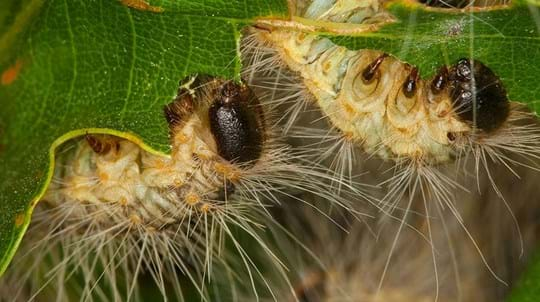
Credit: Marcus Harrison / Alamy Stock Photo
Leaves
Unlike most willows, the leaves are oval rather than long and thin. However, unlike goat willow, the leaves are at least twice as long as they are wide. They have a fine silver felt underneath with rusty hairs beneath the veins.




















